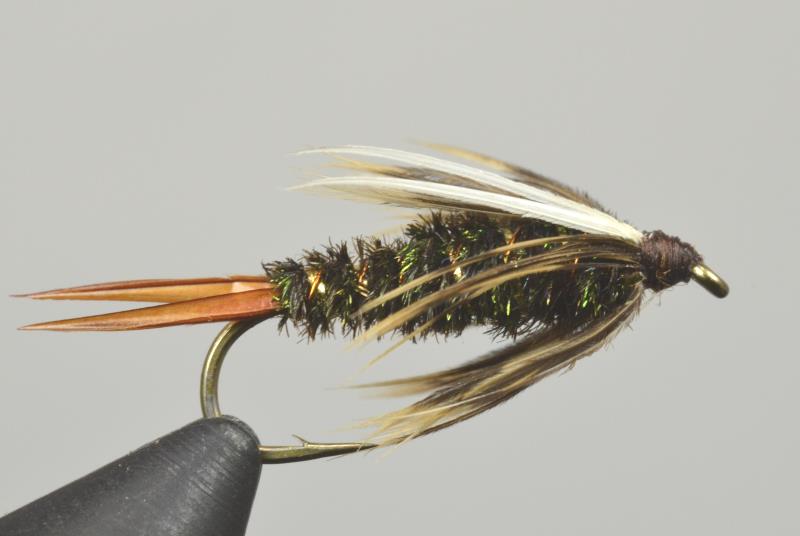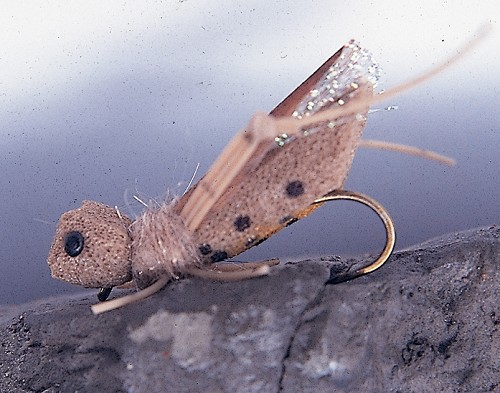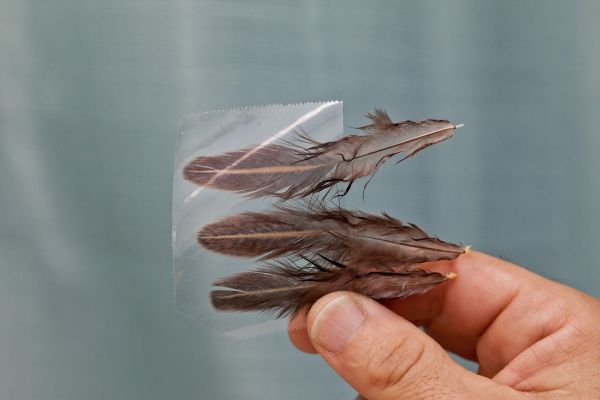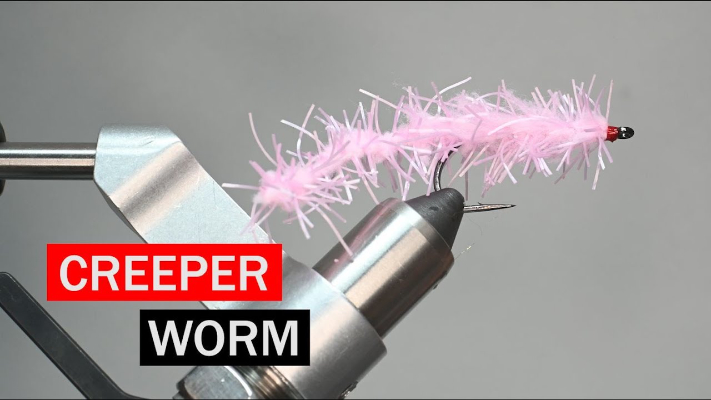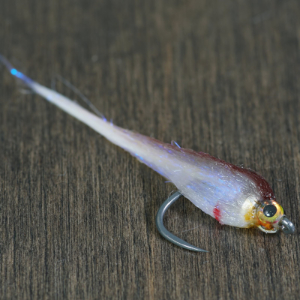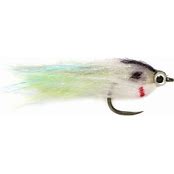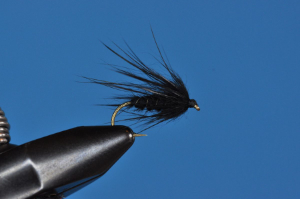Prince Nymph
WWW.AVIDMAX.COM

Translated by Carl Wuebben
Aptly named the Bowtie Midge is a killer pupating midge pattern. This little bug may make your day on your next Stillwater excursion. It is an excellent midge pattern that also translates nicely to imitate their larger chironomid cousins. The foam splitting the emerger wing not only looks good but helps with presentation. This fly is deadly when fished on a sinking line that gets the fly down to depth. Once the line maxes out the fly will lift back up in the column perfectly mimicking the naturals that are on the move. Fish love to strike during these hatch occurrences. The Bowtie Midge will help you maximize your chances when the bugs are on the move.
PATTERN
HOOK – Tiemco 200R #16
THREAD – 30d (18/0) Semperfli nano silk or 12/0 thread (50 denier) in black
RIB – Red brassie UTC ultra-wire
ABDOMEN – Black Hareline Superfine dubbing
WINGS – White Mcflylon or antron yarn
WING BUD – 1mm white Razor foam cut in a strip about the size of the hook gap
HOW TO TIE
- Debarb hook – mount in vise – start thread in about one eyelet space from the eye and lay a nice close thread base to just a little bit into the bend of the hook. Clip your thread tag end off and wrap back to the tie in point.
- Grab your red brassie wire for the ribbing and pull off about four inches (this will do for a couple flies) and tie it in on the nearside of the hook shank (your side) with the long part to the rear and secure it on the hook and end a little bit into the hook bend.
- Grab your black superfine dubbing and dub a thin noodle and not to long just enough to barely cover the thread. Now wrap the noodle forward to just In front of the center of the front half of the hook shank if you come up short on the dubbing just add more on. To make a dubbing noodle just twist the dubbing onto the thread between your thumb and index finger, you may want to try using dubbing wax on the thread or on your fingers if you want.
- Spiral wrap the red wire forward and tie off where your thread is now.
- Grab your white 1mm foam and measure a strip about the same size as the hook gap (a long strip will go for many flies) cut the strip and on one end cut each corner to form a point then tie that pointy end on where the thread is now (front of abdomen) with just a very small part facing forward and the longer piece rearward (not too tight of wraps or it will cut thru the foam)snug it down securely and clean up with thread wraps between the eye and rear of wing bud. Bring your thread up against the rear of the wing bud.
- Grab your white Mcflylon or antron yarn and clip off a hunk, about two inches will do, now tie it onto the hook with figure eight wraps to get it hanging off to each side. Snug it down so it won’t slip around the hook, if you have problems with the yarn just trim it a little bit but not too much as it may be too much and it won’t look good when finished but don’t worry we will fine tune it later. Bring your thread to the rear part of the wing bud.
- Dub another thin noodle, just enough to cover the thorax area. Wrap it onto the hook and behind the wings and figure eight it around the base of the wings and just a little forward. Leave enough room to tie off the foam wing bud. Your thread should be about two eyelets space from the eye now.
- Slightly pull the foam forward and tie off where your thread is now while checking that you don’t crowd the head (don’t cover the eye) then pull the foam rearward and whip finish it and clip the thread. Clip off the foam tag end leaving about the same amount of foam as the wing bud (the part pulled forward). Trim the wings to your liking while trying to give them a very small roundness to the tip area.
TIE UP A DOZEN OR TWO – AND GO FISHING*** But remember to practice C.P.R. (CATCH – PICTURE – RELEASE)

